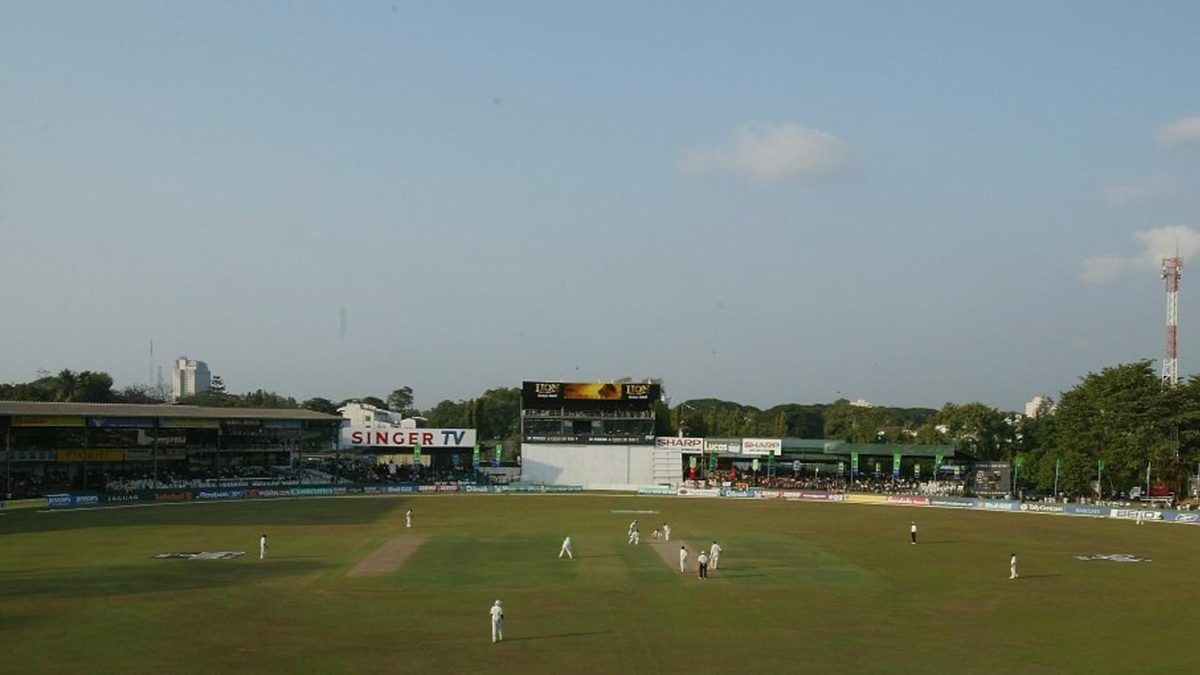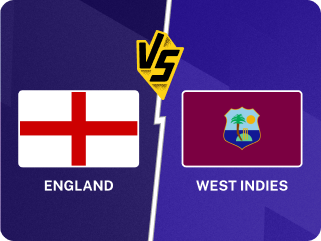
The first Asia Cup, in Sharjah in 1984, had been a success, but India missed the 1986 edition and Pakistan pulled out in 1990.
The success of the 1984 Asia Cup encouraged the ACC to organise a sequel, in Sri Lanka in 1986 with the same three teams. In John Player Gold Leaf cigarettes, they had found a sponsor. However, there was a problem.
Sri Lanka were in the midst of a Civil War since July 1983, when the Liberation Tigers of Tamil Eelam – the last word means ‘land’ – began an insurgency in the aftermath of a pogrom. The nation underwent a period of violence that resulted in the loss of numerous lives, including civilians.
When Sri Lanka had toured England in 1984, the protestors had made themselves heard. Protestors occupied Lord’s during their only Test match. It did not impact the crowd. In The Game of Life, Scyld Berry mentions some of them asking, “Plays for Kent, doesn’t he?” They read Eelam as Ealham…
The Anuradhapura Massacre had claimed 146 lives in May 1985. Two months later, the Indian government had tried to organise peace talks between the Sri Lankan government and the LTTE in Thimphu, Bhutan. It had not worked out.
Over the years, international cricket in Sri Lanka took a hit. At least 113 were killed in the Colombo Central Bus Station Bombing of April 21, 1987. New Zealand’s tour of Sri Lanka had to be called off midway. No team toured Sri Lanka between then and August 1992.
But this was 1986, when teams still toured Sri Lanka, then the newest Test-playing nation. India had themselves played three Test matches and three ODIs in August 1985. And Pakistan toured Sri Lanka in February 1986.
This tour was far from peaceful, for an entirely different reason. The Pakistanis were disgusted with the Sri Lankan umpires – to the extent they had drafted a statement, determined to call the tour off. They stayed put only after Pakistan president Zia-ul-Haq made a personal request to Imran Khan. The Asia Cup featured neutral umpires.
India’s refusal to visit Sri Lanka amidst the turmoil was, however, on more conventional lines. Over the years, India would play key role in the Sri Lankan Civil War – including the deployment of a Peace Keeping Force from 1987 – but they did not want to risk their cricketers at this point.
Bangladesh were invited to avoid the tournament being reduced to a bilateral series. Their two league matches were also their first ever ODIs. They managed 94 against Pakistan and 131-8 against Sri Lanka, losing both comfortably.
Despite being bowled out for 197, Pakistan had won their league match against Sri Lanka by 81 runs. Now, in the final, they made 191-5, but the youngsters – Aravinda de Silva (52) and Arjuna Ranatunga (57) – took full advantage of Imran’s leg injury to help Sri Lanka clinch their first major silverware.
President JR Jayewardene obliged when the crowd at the Sinhalese Sports Club demanded a celebratory national holiday. At the five-nation Austral-Asia Cup in Sharjah later that year, Sri Lanka got a ‘bye’ to the semi-final by virtue of their Asia Cup triumph.
Bangladesh hosted the next edition of the Asia Cup, in 1988. For the first time, the tournament was a four-nation affair. Sri Lanka finished the groups stage undefeated, as they would in India in 1990. But India won the final, as they would in late 1990.
India had toured Pakistan in late 1989. Two future giants – Sachin Tendulkar and Waqar Younis – had debuted in that series. However, by then, the two countries had been deep into a military conflict over the Siachen Glacier region in Kashmir.
India and Pakistan had visited each other throughout the 1980s. They even co-hosted the Reliance World Cup in 1987, the first edition outside England. But the relationship between the two countries became strained over the decade.
By 1990, it had deteriorated enough for Pakistan to opt out of the Asia Cup. The two nations would not visit each other for bilateral cricket series until India’s tour of Pakistan in 1997/98, but that is another story.
Since 1990, all four teams of India, Pakistan, Sri Lanka, and Bangladesh have featured every time in the Asia Cup. However, Sri Lanka remain the only team to have been a part of every edition.







